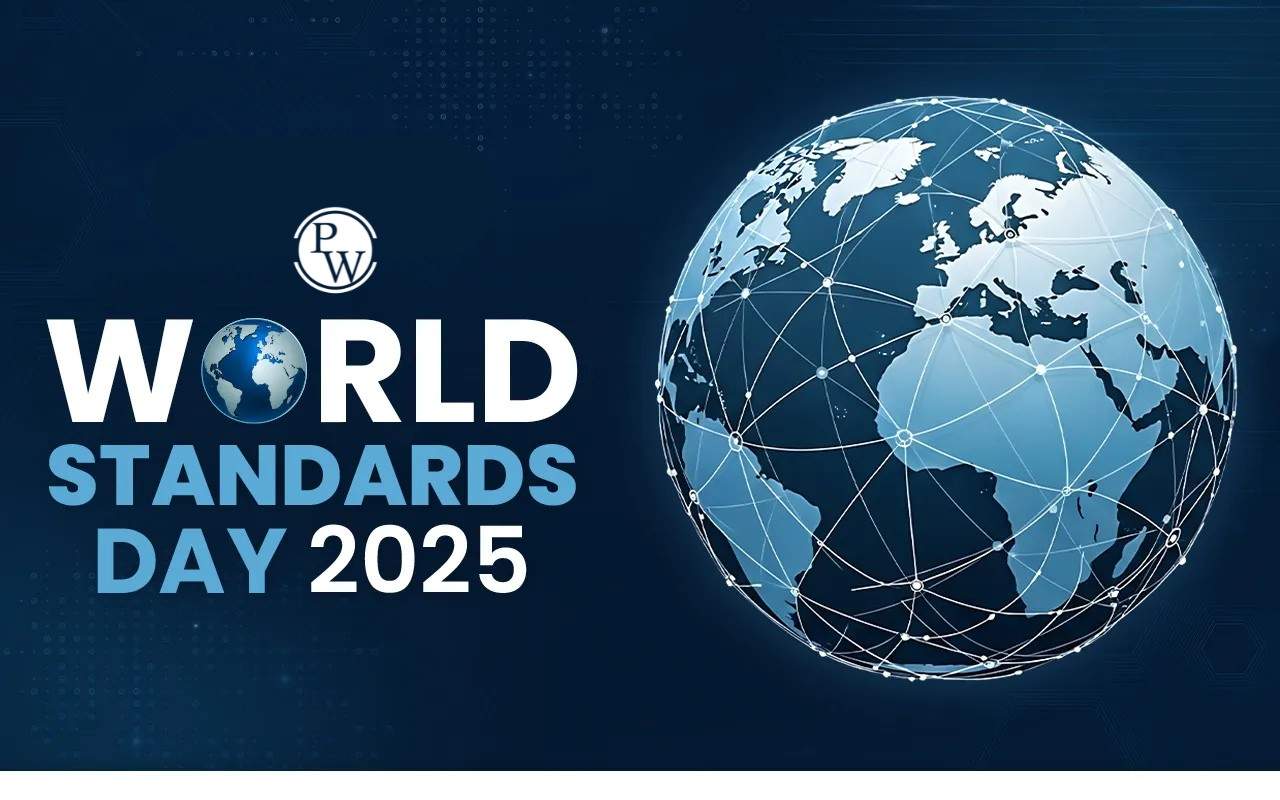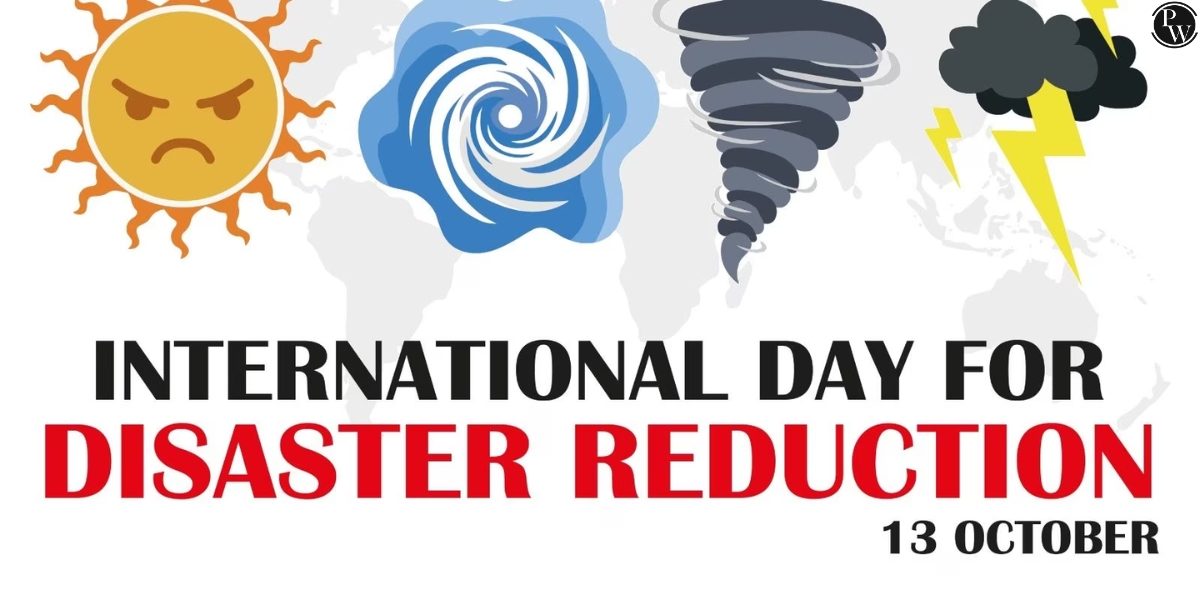

World Elephant Day is observed annually on August 12 to raise awareness about the urgent plight of elephants. Established in 2012 by Canadian filmmaker Patricia Sims and the Elephant Reintroduction Foundation of Thailand, the day promotes conservation, ethical treatment, and protection of elephant habitats.
For UPSC aspirants, understanding the history, theme, and environmental relevance of this day is essential for prelims and GS papers. World Elephant Day holds significance under the environment and biodiversity topics in the UPSC syllabus.
World Elephant Day 2025 Theme
World Elephant Day 2025's theme is “Bringing the world together to help elephants”, which reflects the urgent need for united international action to protect these majestic creatures.
Expected Focus Areas
- Protection of Asian and African elephants
- Anti-poaching and ivory trade bans
- Human-elephant conflict mitigation
- Role of local communities in conservation
World Elephant Day History
The history of World Elephant Day dates back to August 12, 2012, when it was first launched to draw attention to the crisis faced by both Asian and African elephants. The movement was initiated by Patricia Sims, in collaboration with the Elephant Reintroduction Foundation of Thailand.
| World Elephant Day History | |
| Year | Event |
| 2012 | First World Elephant Day observed globally |
| 2015 | Global awareness on ivory trade intensified |
| 2017 | China bans domestic ivory trade |
| 2020 | Emphasis on human-elephant conflict in India |
| 2022 | MoEFCC promotes Project Elephant on World Elephant Day |
Importance of Elephants in Ecosystem
Elephants are often called ecosystem engineers due to their impact on forest and grassland biodiversity. They play a key role in seed dispersal, water access, and maintaining ecological balance.
| Types of Elephants | ||
| Species | Region | Conservation Status |
| Asian Elephant | India, Southeast Asia | Endangered |
| African Savanna Elephant | Sub-Saharan Africa | Endangered |
| African Forest Elephant | Central Africa | Critically Endangered |
Project Elephant in India
The Ministry of Environment, Forest, and Climate Change (MoEFCC) launched the Project Elephant in India in 1992. The Project helps in the protection of elephants and their habitats. It also strives to address the man-elephant conflict occurring in various places all over India. Project Elephant aims to promote the welfare of elephants and their scientific research.
India is home to nearly 60% of the Asian elephant population (~27,000 as per the 2017 census). World Elephant Day highlights India’s vital role in global conservation efforts. Key Features of the Project include the following:
-
30 Elephant Reserves covering 65,000 sq. km
-
Elephant Corridors mapped for movement
-
Support for anti-poaching squads and veterinary care
Challenges Faced by Elephants
Despite various conservation efforts, elephants face numerous threats in the wild. The number of elephants has gone down significantly, and conservation efforts are being undertaken worldwide to address these challenges. Elephants in the wild often face threats from poachers for their ivory tusks. Ivory is a very expensive commodity in the illegal market. The major threats and challenges faced by elephants are as follows:
-
Habitat Loss: Due to deforestation and infrastructure
-
Poaching: For ivory, especially in African nations
-
Human-Elephant Conflict: Crop damage and fatalities
-
Captivity and Abuse: Use in tourism and religious ceremonies
Human-Elephant Conflict in India
The Human-Elephant Conflict in India has been a persistent issue for a very long time. With the increasing loss of elephant habitats in the wild, the herd of elephants often enters human villages and causes a lot of damage to the farm fields and the houses. The human-elephant conflict in India statistics are as follows:
| Human-Elephant Conflicts in India | |
| State | Elephant Deaths (Human Conflict) |
| Odisha | 54 |
| West Bengal | 37 |
| Karnataka | 22 |
| Assam | 18 |
Conservation Efforts and Global Partnerships
Several conservation efforts and global partnerships have been undertaken with the sole aim of increasing efforts for elephant conservation. Elephants in the African region and India face a lot of threats, and thus it becomes imperative for humans to launch dedicated efforts to save them. Some of the major national and international initiatives are provided in the table below:
| Conservation Efforts and Global Partnerships | |
| National | Global/International |
| Project Elephant (India) | CITES Appendix I protection |
| Suraksha Setu for corridor protection | MIKE Programme (Monitoring the Illegal Killing of Elephants) |
| Use of Elephant Monitoring Systems | UNESCO World Heritage Sites housing elephants |
World Elephant Day 2025 is a critical observance for raising awareness on elephant conservation. It highlights global and national efforts in preserving elephant habitats, mitigating conflict, and ending poaching. For UPSC aspirants, it offers key insights into India’s environmental policies, wildlife governance, and ecological challenges.
Get ready for the UPSC 2025 exam, Explore PW UPSC Courses!
World Elephant Day FAQs
What is the World Elephant Day 2025 Theme?
What is the history of World Elephant Day?
How is India involved in World Elephant Day?
Why is World Elephant Day important for UPSC?
What are the major threats to elephants in India?

UPSC Coaching












